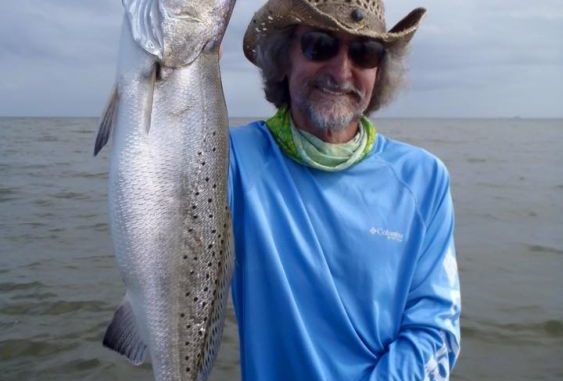
Laffite isn’t generally known for lunker trout, but Capt. Theophile Bourgeois said last spring began with some 3- to 5-pounders making their way up the system.
And it looks to be happening again this year, the owner of Bourgeois Charters said in March.
“The trout that have come in so far have been bigger than normal,” Bourgeois said. “This weekend we had boats out, and they didn’t catch many, but they were all 20-inch trout.”
That’s great news, since it’s inevitable that the normal schoolies with which many of us fill our boxes will show up this month as salinities rise.
And that opens the possibility for catching a quick box of keepers, along with the opportunity to add some quality to the catch.
Of course, you have to tailor your approach to the size trout being targeted.
For instance, if you’re looking for a lot of action, just head to the middle portion of the system — Barataria Bay, Turtle Bay, Little Lake — and look for that age-old telltale sign.
“If I have some kids and we want to catch a lot of fish, I’ll just go out and look for birds,” Bourgeois said.
Once located, you can’t go wrong with a double rig.
“If I’m going to catch meat, I’m old fashioned — a double shad rig under a popping cork,” Bourgeois said with a chuckle. “A popping cork is a great locator of fish: It’s not a locator of big fish, but it’s a great locator of little trout.”
His preference for popping corks runs toward those with concave tops, such as Bomber Paradise Poppers.
“They have that rattle, and with that lip they make lots of noise,” Bourgeois said.
He likes glow lures on his double rigs.
But he also keeps a second rod rigged with a ¼-ounce jighead and a silver mullet Bomber soft-plastic.
“You can get down beneath those (school trout) and catch some bigger fish,” Bourgeois said.
But if big fish truly are your target, then it’s time to dig out the topwaters and head to areas like Manilla Village, Cabanash Cove or Redfish Bay.
Bourgeois said he’ll head to the oyster reefs in no more than 4 feet of water — favoring those in 2 feet — and work the areas over as he drifts.
However, he said he’s always looking for bait.
“If you don’t see any bait, there probably aren’t any (trout),” Bourgeois said. “I’ll make four or five casts, and if I don’t see anything happening, I’ll move on to another area.”


